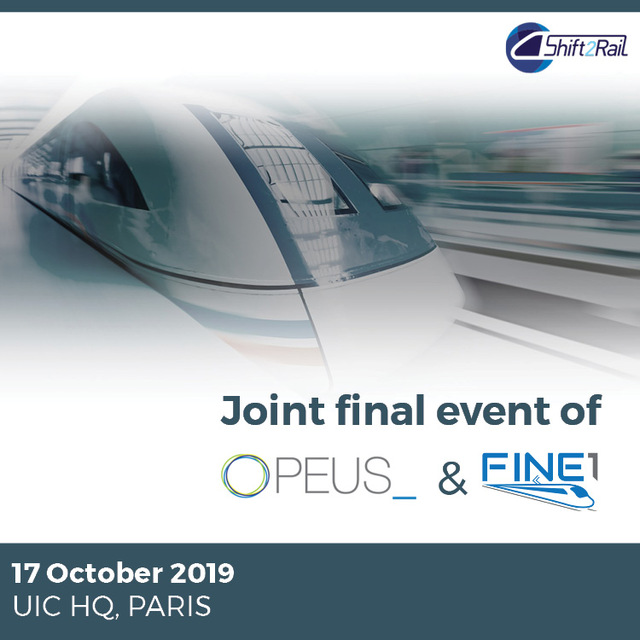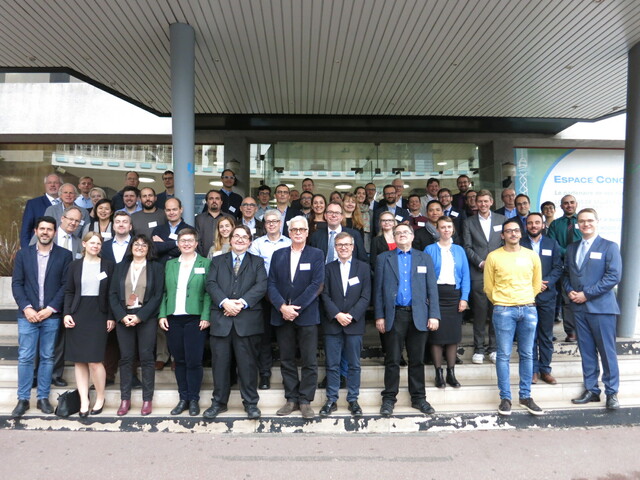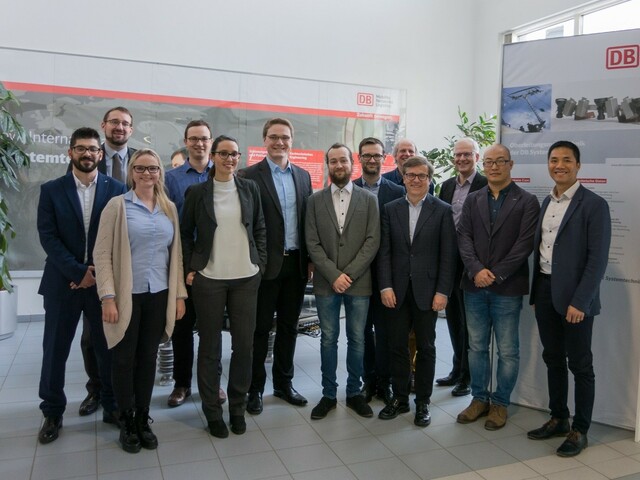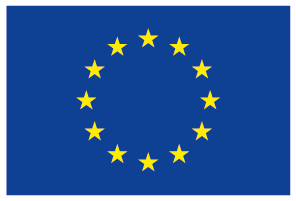Europe has long been the global leader in railway manufacturing and transportation. But this position is being challenged by new market entrants offering attractive new products often at low costs.
Believing that the best response to this challenge is innovation, the European Union and the European rail industry launched Shift2Rail (S2R), the first European initiative promoting the competitiveness of the rail sector.
With sustainability being a key component of S2R, numerous initiatives are working to make rail more energy-efficient and environmentally friendly. One of these is the EU-funded OPEUS project.
Launched in S2R’s sustainability and energy work area, under the cross-cutting activities, OPEUS is developing a simulation methodology and modelling tool to evaluate, improve and optimise the energy consumption of rail systems.
“With a focus on in-vehicle innovation, the OPEUS concept is based on the need to understand and measure the energy used by each of the relevant components of the rail system,” says Roberto Palacin, a senior academic at Newcastle University and OPEUS project coordinator.
“This includes energy losses in the traction chain and the development of technologies capable of reducing these losses and optimising energy consumption.”
One of the project’s key outcomes is the development of an energy simulation model. The model uses case studies to assess the energy usage implications of introducing technological innovation into rolling stock. According to Palacin, the tool can support decision-makers in selecting technologies to improve a rail vehicle’s energy performance.
“This tool must be the basis on which to build the accurate, inclusive and integrated platform that will enable further improvement to rail’s already excellent energy use track record,” he says.
Researchers also assessed selected S2R innovations. For example, one assessment studied the effect that reducing the overall weight and making performance improvements to various components would have on specific high-speed rail services.
What they found was such changes result in a 2 % decrease in traction energy at the wheel level, which leads to a total net energy reduction of 5.4 % at the energy source.
“This type of assessment can support the development and uptake of key technologies such as energy storage systems,” explains Palacin.
Other relevant outcomes include a draft position paper on the energy outlook of railway systems and a set of recommendations to support addressing energy-related aspects of railway systems. “All OPEUS outcomes contribute to the development of a holistic approach to energy efficiency in rail that will ultimately deliver substantial results in terms of sustainability and decarbonisation,” adds Palacin.
A strong sense of collaboration
Driving the success of the project was a strong sense of collaboration amongst the consortium’s partners – a collaboration that continues today.
“From the excellent level of contributions from the consortium partners to the fundamental constructive cooperation with S2R members, the project ran very smoothly from start to finish,” says Palacin.
Although the project is now finished, the partners continue to work on the tool, enhancing its capability, improving its scope and accuracy, promoting its uptake, and incorporating it into related initiatives.
“The professionalism and skills of the partners will have a lasting impact, one that we can build upon with other partners in both this sector and beyond,” adds Palacin.
More information on OPEUS project at: http://opeus-project.eu/ or by mail to: Roberto Palacin (roberto.palacin@newcastle.ac.uk) or Christine Hassoun (hassoun@uic.org).
This project has received funding from the Shift2Rail Joint Undertaking under the European Union’s Horizon 2020 research and innovation programme under grant agreement no. 730827 (OPEUS)






